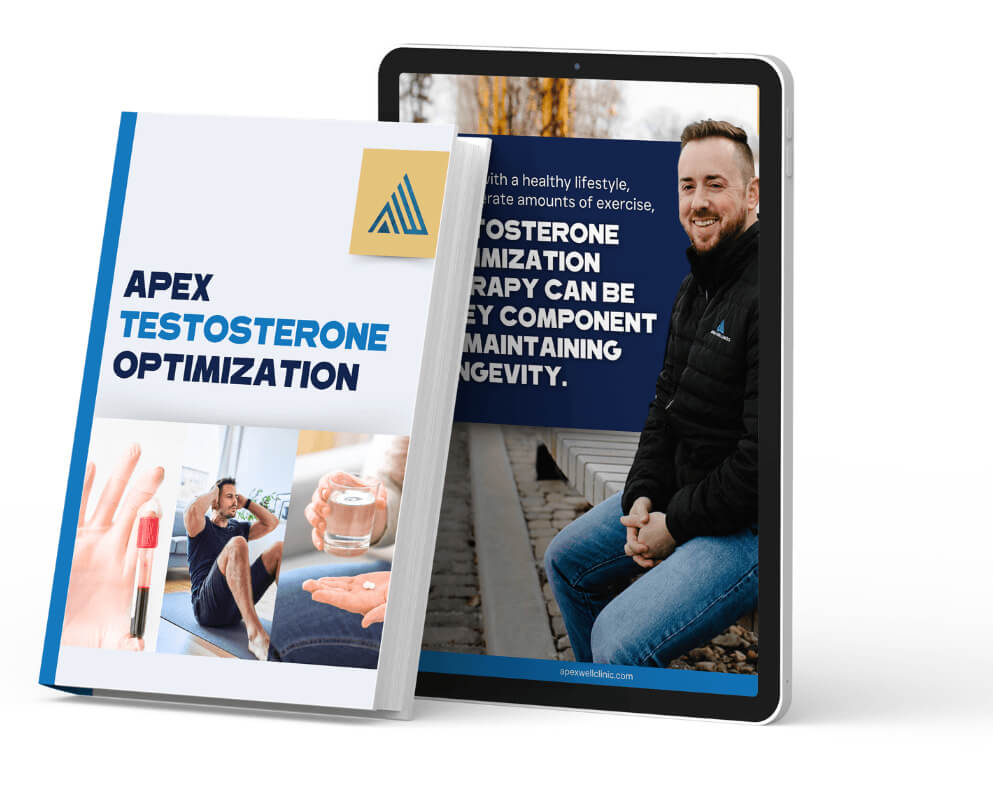Hormone Optimization
Start your climb with our state-of-the-art hormone optimization program.
The Role of HRT in Age Management
Hormone Replacement Therapy is not merely about supplementing a hormone; it’s about reinvigorating the body’s natural rhythms and functions that have been dampened by the inevitable march of time. we age—need to cater to males and females here, TRT emerges as a pivotal player in the management of age-related hormonal changes.
HRT aims to replenish testosterone to a level that mirrors a more youthful physiological state. By doing so, it helps alleviate the symptoms commonly associated with low testosterone. Patients often report a resurgence of energy and vitality, a rekindling of sexual desire, and an improvement in mood and mental clarity. It’s about reigniting the spark of youth that seems lost but is, in fact, attainable.
One of the most significant impacts of HRT is on musculoskeletal health. Testosterone plays a crucial role in maintaining muscle mass and bone density. With its restoration, HRT can help counteract sarcopenia (age-related muscle loss) and bolster bone strength, reducing the risk of osteoporosis and fractures, which are common concerns as men age.
Testosterone’s influence on the brain is profound. With its levels restored, men often experience improvements in aspects of cognitive function, such as memory and concentration. Furthermore, HRT can be a powerful tool in battling the mental and emotional symptoms that come with low testosterone, like depression and anxiety, enhancing overall quality of life.
HRT is not a blanket solution and is most effective when it is part of a personalized, comprehensive approach to health. Apex Wellness understands that each individual’s aging experience is unique, so the initiation and management of HRT must be tailored to each person. Factors such as baseline testosterone levels, symptomatology, lifestyle, and personal health goals are all carefully considered when developing an HRT regimen.
Management with HRT is a delicate balance. It requires vigilant monitoring to ensure not only the efficacy but also the safety of the treatment. Potential risks are assessed against the benefits, and therapy is adjusted accordingly to maintain the highest standards of patient care.

